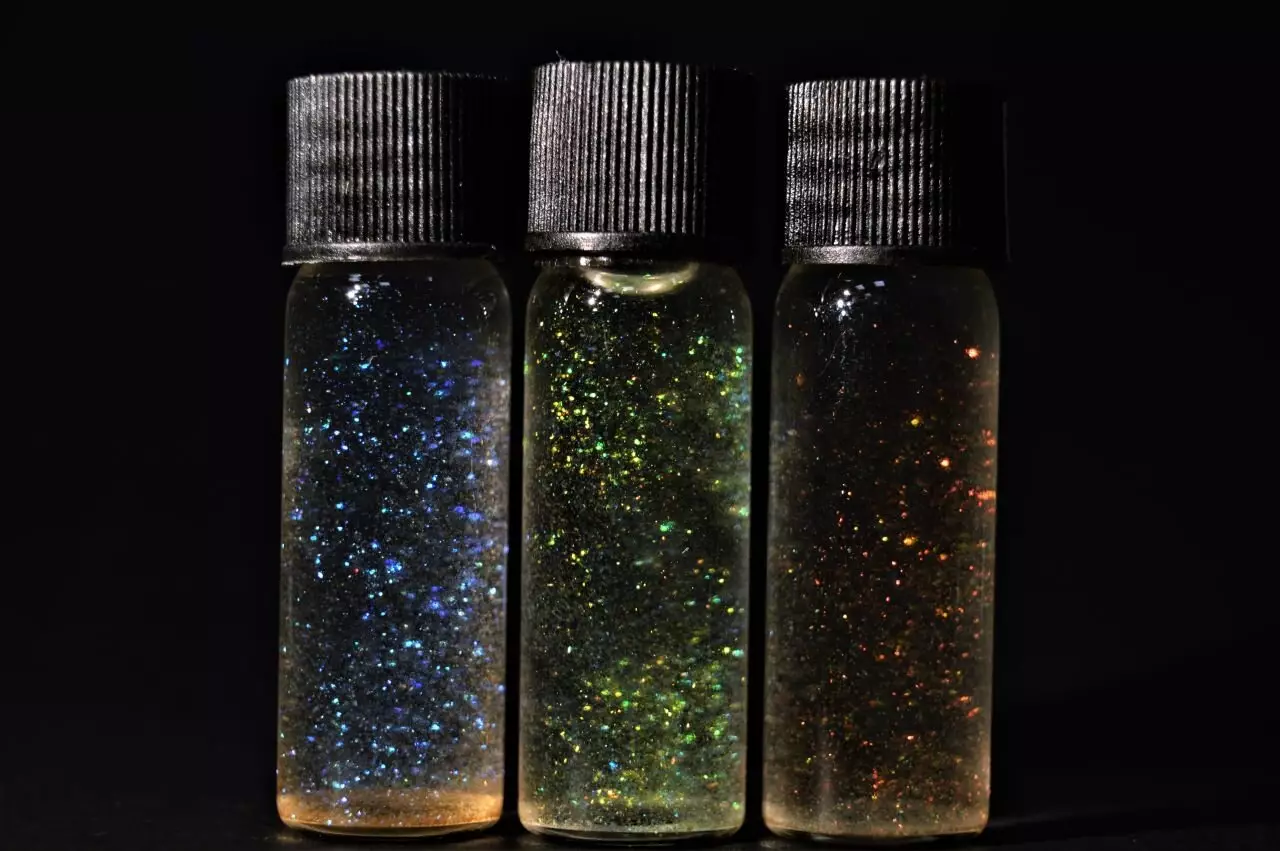Plastic pollution presents an ever-growing challenge for the environment, with statistics demonstrating its alarming reach. Each year, the world produces over 368 million metric tons of plastics, out of which a staggering 13 million metric tons find their way into soils and ecosystems. This plastic which pervades both land and sea poses significant threats to wildlife and natural habitats alike. An emerging concern is the proliferation of microplastics—tiny plastic fragments less than 5 millimeters in size. These minuscule particles originate from a variety of sources, including the degradation of larger plastic items and products designed for aesthetic appeal, such as glitter.
Microplastics are particularly alarming in that they can be easily consumed by animals who mistake them for food. This misidentification can lead to dire consequences, including malnutrition, starvation, and physical injuries to the digestive system. While the detrimental effects of microplastics on marine life have received fierce scrutiny, research on their impact on terrestrial ecosystems remains limited. Given that annual plastic emissions onto land are estimated to exceed those entering oceans by a factor of four, this gap in research signifies an important oversight.
Among the various forms of microplastics, glitter—a common component of cosmetics and crafts—represents a particularly noteworthy case. Typically made from polyethylene terephthalate (PET), the same plastic used in many beverage containers, glitter often includes metallic elements like aluminum for its distinctive shine. Although precise data on the environmental release of glitter is scarce, its omnipresence in craft activities and personal grooming suggests that significant amounts inevitably escape into nature.
The European Union took a major step forward in 2023 by enacting a ban on the sale of loose plastic glitter and related products as part of a larger strategy to reduce microplastic pollution across member states. The goal is an ambitious 30% reduction by 2030. However, initiatives like this have yet to reach countries like Australia, where alarming studies have indicated that glitter constitutes a notable percentage of microplastics found in sewage sludge.
Once released into the environment, glitter proves virtually impossible to recover due to its minute size and capacity for near-invisibility once metal components degrade. Additionally, the rise of biodegradable glitter poses a new dilemma; preliminary findings suggest that several eco-friendly options might still pose toxicity risks to aquatic life, primarily because they often require a plastic coating.
In response to the concerning implications associated with traditional glitter, researchers at the University of Cambridge have explored alternative solutions by developing a new type of glitter composed of nanocrystals derived from cellulose, a biodegradable material that boasts natural sparkle. The core objective of their recent study published in the journal *Chemosphere* was to compare the toxicity of conventional glitter with this innovative cellulose variant.
In their experimentation, the researchers employed springtails—small invertebrates functioning as indicators of soil health—exposing these organisms to both types of glitter in a controlled setting simulating contaminated soil conditions. Findings indicated that while neither material significantly affected springtail survival or size, a concerning outcome emerged with conventional glitter. At concentrations of 1,000 mg per kg of soil, reproduction rates faltered, with a 61% decrease observed.
These levels reflect conditions typically found in severely contaminated ecosystems, wherein microplastics can exceed 100,000 mg per kg of soil. In stark contrast, the cellulose-based glitter demonstrated no adverse effects on reproduction at any concentration level tested, highlighting its potential as a more sustainable alternative.
The implications of these findings cannot be overstated. While the immediate toxicity of both glitter types may not yield catastrophic outcomes in terms of individual organism survival, the long-term consequences on population dynamics and soil health are concerning. A reduction in springtail offspring could impede the breakdown of organic matter and nutrient recycling essential for plant growth, creating a ripple effect throughout the ecosystem.
In light of this study, consumers and manufacturers alike must critically reevaluate the use of traditional glitter and explore the potential for sustainable alternatives. By embracing biodegradable options, individuals can contribute to mitigating the extensive environmental repercussions associated with microplastic pollution, ensuring a healthier planet for future generations.
Overall, the journey towards environmental sustainability necessitates a proactive approach against microplastic pollution, and every small change, like choosing eco-friendly glitter, can make a significant difference.

